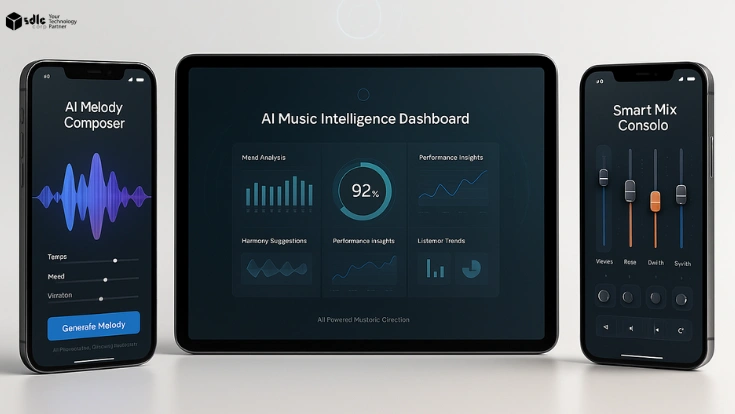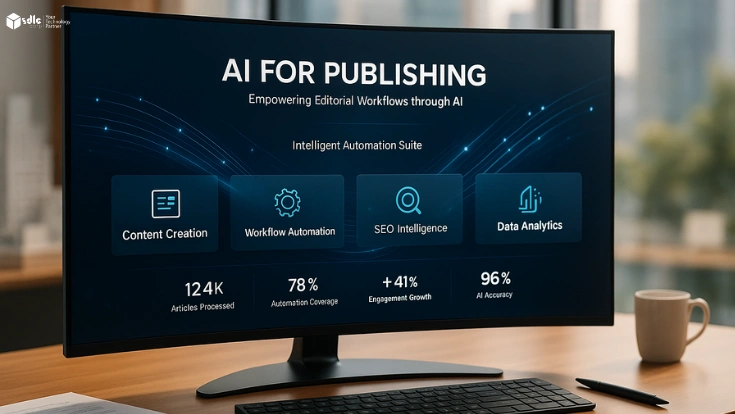The rise of GameFi (Gaming + DeFi) has transformed the gaming industry by introducing Play-to-Earn (P2E) models, allowing players to earn real-world rewards through gameplay. Unlike traditional gaming, where users spend money on in-game purchases, P2E models enable players to earn cryptocurrency, NFTs, and other digital assets that can be traded or sold.
In this blog, we’ll break down how Play-to-Earn models work, their benefits, challenges, and the top GameFi projects leading the space.
What is Play-to-Earn (P2E)?
A Play-to-Earn (P2E) model is a blockchain-based gaming system that rewards players with cryptocurrencies, NFTs, or in-game assets that have real-world value. These games integrate decentralized finance (DeFi) elements, allowing users to trade, stake, or use assets in other blockchain applications.
How Does P2E Work?
Play the Game – Players engage in battles, quests, or activities within the game.
Earn Rewards – Players receive tokens or NFTs for their in-game progress.
Trade or Sell Assets – Earned rewards can be traded on decentralized marketplaces for cryptocurrency or fiat money.
Stake or Invest – Some games allow users to stake tokens for passive income.
🔹 Example: In Axie Infinity, players earn Smooth Love Potion (SLP) tokens, which can be exchanged for real money.
Key Features of Play-to-Earn Games
1. Blockchain Integration
✅ Games are built on blockchain networks like Ethereum, Binance Smart Chain, or Solana.
✅ Ensures transparency, security, and true ownership of in-game assets.
2. NFT-Based Economies
✅ Players own unique NFTs (characters, skins, land, weapons, etc.).
✅ NFTs can be traded in marketplaces like OpenSea and Rarible.
3. In-Game Cryptocurrency Rewards
✅ Tokens earned can be traded, staked, or used for governance.
✅ Examples include AXS (Axie Infinity), SAND (The Sandbox), and MANA (Decentraland).
4. Decentralized Ownership
✅ Players, not developers, have full control over assets and game economies.
✅ Smart contracts govern transactions, ensuring fairness and transparency.
5. Interoperability & Metaverse Integration
✅ Assets from one game can sometimes be used in another metaverse project.
✅ Encourages a connected digital ecosystem.
Popular Play-to-Earn Games in GameFi
1. Axie Infinity (AXS & SLP)
Turn-based battle game where players breed and battle Axies.
Players earn SLP tokens, which are tradable for real-world value.
2. The Sandbox (SAND)
Virtual metaverse where users build and monetize virtual land and experiences.
NFTs can be bought, sold, and customized.
3. Decentraland (MANA)
Fully decentralized virtual world where users can buy land and create experiences.
Uses MANA tokens for governance and transactions.
4. Gods Unchained (GODS)
Blockchain-based trading card game where users own digital cards.
Players earn GODS tokens and sell valuable NFTs.
5. Illuvium (ILV)
AAA-quality RPG game with NFT-based creatures.
Players battle and earn ILV tokens.
Benefits of Play-to-Earn Models
1. Real Economic Value for Players
✅ Gamers can earn passive income by playing instead of just spending.
2. Decentralization & Ownership
✅ Players truly own in-game assets, unlike traditional games where items belong to developers.
3. Financial Inclusion
✅ P2E gaming provides earning opportunities in regions with limited job markets.
4. Community-Driven Ecosystem
✅ Governance tokens allow players to vote on game updates and policies.
Challenges in Play-to-Earn Games
1. High Entry Costs
🚨 Some games require expensive NFTs to start playing (e.g., Axie Infinity once required 3 Axies costing over $500).
2. Token Price Volatility
🚨 In-game tokens can fluctuate dramatically, impacting earnings.
3. Sustainability Issues
🚨 Many P2E games struggle to maintain a balanced economy without new players joining.
4. Security Risks
🚨 Smart contract vulnerabilities and rug pulls can put player funds at risk.
Future of Play-to-Earn Models
🚀 Hybrid Models: Many games are shifting to a Play-and-Earn (P&E) model that focuses on fun gameplay first.
🚀 NFT Renting & Scholarships: Players can rent NFTs to play without high upfront costs.
🚀 Cross-Game Interoperability: Assets may soon be transferable across multiple games and metaverses.
🚀 Regulation & Compliance: Governments may introduce clearer regulations for GameFi projects.
Conclusion
The Play-to-Earn model in GameFi is revolutionizing gaming by blending entertainment, decentralization, and financial incentives. While challenges remain, innovations in NFTs, DeFi, and blockchain integration continue to push the industry forward.
🌟 Whether you’re a developer, investor, or gamer, staying updated with GameFi trends is crucial for leveraging the potential of P2E gaming.
For those looking to build engaging and profitable P2E games, explore P2E Game Development Services to bring your vision to life.
🚀 The future of gaming is decentralized—are you ready to play and earn?




